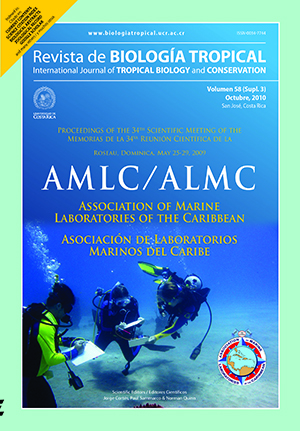Abstract
This paper summarizes the results of a monitoring event designed to track the recovery of a repaired coral reef injured by the M/V Alec Owen Maitland vessel grounding incident of October 25, 1989. This grounding occurred within the Florida Keys National Marine Sanctuary. Pursuant to the National Marine Sanctuaries Act, NOAA recovers money for injury to Sanctuary resources, and uses it to restore those resources. A monitoring program tracks patterns of recovery, in order to determine the success of restoration measures. To evaluate success, reference habitats adjacent to the restoration site are concurrently monitored to compare the condition of restored areas with natural areas. Restoration of this site was completed in September 1995 by means of cement and limestone rock, and the monitoring results from summer 2007 are presented. Monitoring consisted of comparison of the biological conditions in the restored area with the reference area. Monitored corals are divided into the Orders: Gorgonians, Milleporans, and Scleractinians. Densities at the restored and reference areas are compared, and are shown to be greater in the restored. Size-class frequency distributions for the most abundant Scleractinians are examined, and reveal that the restoration is converging on the reference area. Also, for the Scleractinians, number and percentage of colonies by species, as well as several common biodiversity indices are provided; measures for the restored area approximate the reference area. A quantitative comparison of colony substrate settlement preference in the restored area is provided for all Orders, and for Scleractinians is further broken down for the two most frequent Genera.##plugins.facebook.comentarios##

This work is licensed under a Creative Commons Attribution 4.0 International License.
Copyright (c) 2010 Revista de Biología Tropical
Downloads
Download data is not yet available.






